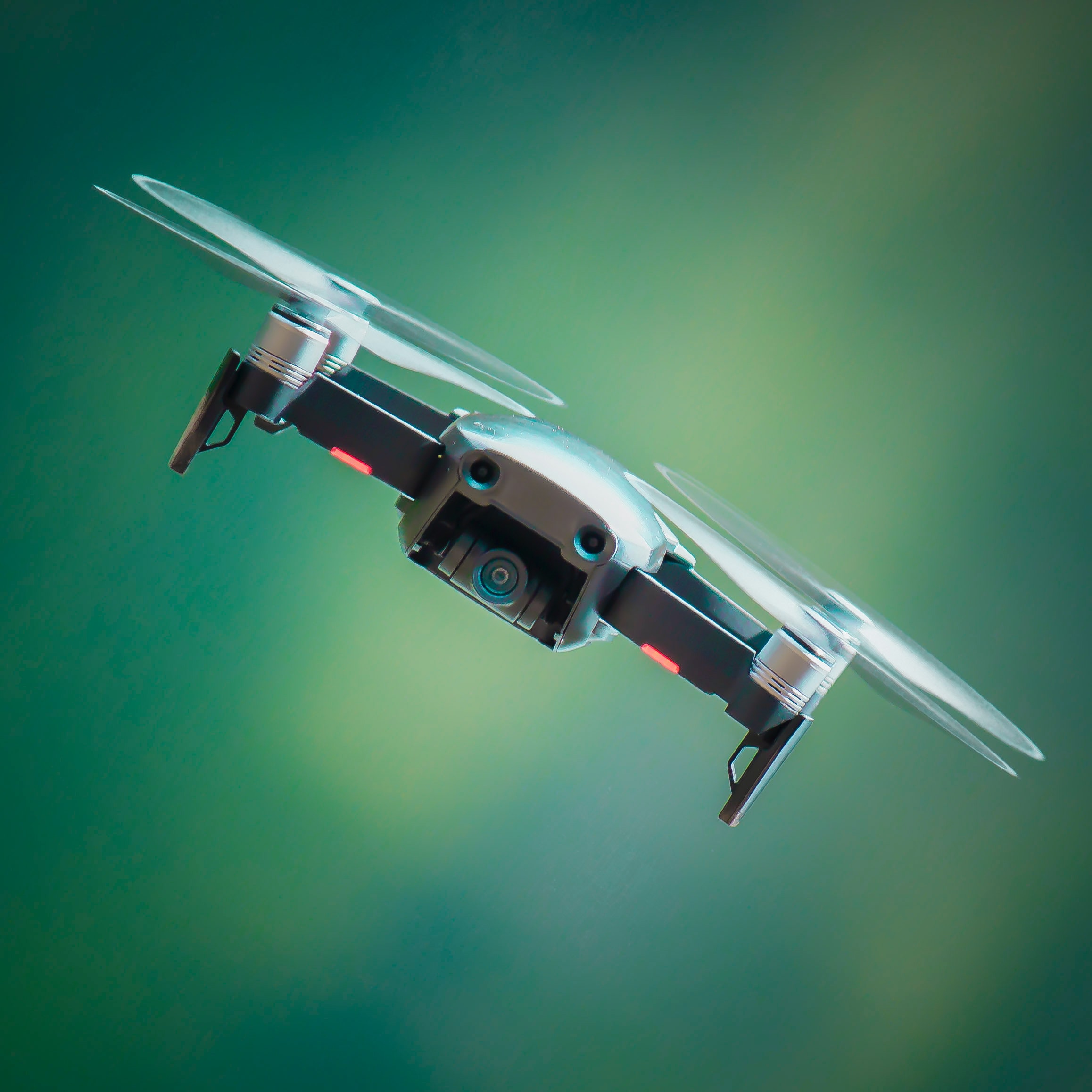Humanity has made great strides in exploring the universe and beyond. Now, we are all ready to hand a few controls over to robots. There may be challenges in the beginning yet the hope still lies strong. Over the years, new missions are likely to be turbo-charged by AI as possibilities to explore is on the rise. AI is proving to be a game-changer already with research being more efficient.
The technology started taking shape in the mid-20th century when the Soviet Union and the United States launched its artificial satellites and interplanetary probes.
Machine Learning and Space Exploration
Machine Learning (ML) has already proved its applications in healthcare, banking, etc., and it is expected to power future space explorations in fields like data transmission, navigation, and so on. ML can prove to be very effective for challenges like how to extract the right information from the existing and available data collected by satellites.
ML is about understanding data and statistics and continuously improving the outcomes. Using ML in space probe can be a remarkable tool for future data analysis, image analysis, clustering, active learning, and more relevant tasks.
The concern of handling a huge volume of data has also necessitated the use of machine learning. ML can prove to be a game changer in unpredictable situations like the critical transmission of data and information. Machine learning will help analyze and adapt to changing operational conditions, on its own, and eliminate the need to wait for the next command.
There are many real-life applications of AI in astronomy. The use of machine learning isn’t just limited to planet hunting. AI is also being used for trajectory and payload optimization for NASA’s planet Mars mission 2020. An AI known as AEGIS is already on the red planet onboard NASA’s current rovers. The system can handle autonomous targeting of cameras and choose what to investigate. However, the next generation of AIs will be able to control vehicles, autonomously assist with study selection, and dynamically schedule and perform scientific tasks.
JAXA, the Japanese Space Agency, has also developed an intelligent system that is aboard the International Space Station clicking and storing pictures of experiments in the Japanese module, KIBO. It was developed to promote the autonomy of extra- and intra-vehicular experiments while seeking to acquire the robotics technology necessary for future exploration missions.
ROSCOSMOS, the Russian Space Agency, is also not behind. It has developed two humanoid robots called FEDORA, which have been sent to the ISS.
Another application of Machine Learning in space is satellite imagery. ML can let interpret images in a variety of ways and from different angles and perspectives. A Machine Learning algorithm has been created recently to create ground-level images by looking at aerial satellite imagery. Such intelligence is called a Generative Adversarial Network which consists of two neural networks: generator and discriminator. Image creation is done by generator and the discriminator processes the images on the basis of pre-determined criteria and datasets.
AI and Machine Learning would be among the most lucrative streams in the coming years. These technologies would revolutionize the existing technologies and guide a new industrial age by transforming each and every sector.
Having spent considerable time in space, Story Musgrave is intimately familiar with the types of challenges explorers face, both mental and physical. He says “Seventy percent of astronauts get ill going into space. Fifty percent are ill to the point of vomiting. The cause is that the system is unable to cope with the free-fall, zero-G condition after four billion years of evolution here.”
Story Musgrave aforementioned, “Humans have spent billions of years evolving and adapting to conditions on earth”. Unlike us, our robot friends can be perfectly designed for such an environment, helping us explore space further, quicker, and in a more cost-effective way.
CIMON- AI Assistant for Astronauts
CIMON stands for Crew Interactive MObile companioN, is the first ever AI developed by Airbus and IBM, designed to assist astronauts. It is specifically tailored to assist the European Space Agency (ESA) astronaut Alexander Gerst.
“They will experiment with crystals, work together to solve the Rubik’s cube, and perform a complex medical experiment using CIMON as an ‘intelligent’ flying camera,” Airbus representatives wrote in a mission description.
CIMON is a technology demonstration to show how humans and machines can communicate in space to perform tasks.
“If you go out to the moon or to Mars, you cannot take all mankind and engineers with you,” But with artificial intelligence, you have instantly all the knowledge of mankind,” said Christian Karrasch, CIMON project leader at DLR, Germany.




